When it comes to designing a playground, many people focus on staple equipment like slides and swings, but there’s one element that truly enhances physical development and provides endless fun for children: climbing equipment. Specifically, jungle gyms and monkey bars are two of the most popular choices for playgrounds, and each offers unique benefits.
Both types of climbing equipment are excellent for encouraging physical activity, coordination, and social interaction. However, the best choice for your playground depends on several factors, including the available space, your budget, and the type of play experience you’re aiming to provide. In this article, we’ll explore the differences between jungle gyms and monkey bars, including their benefits, safety considerations, cost, and ease of installation.
By the end, you’ll be better equipped to choose the right climbing equipment for your needs. Let’s dive in!
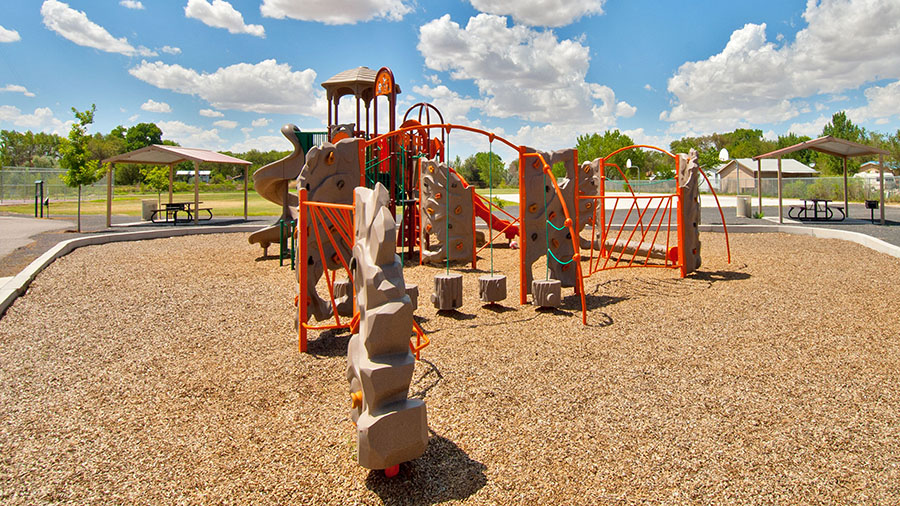
Why Climbing Equipment is Essential for Children
Climbing playset equipment provides numerous benefits for children of all ages, including:
- Physical Strength and Coordination: Climbing helps build muscles in the arms, legs, and core. It also enhances motor skills as children improve their balance and agility.
- Cognitive Development: Climbing structures encourage problem-solving as children figure out the best ways to navigate obstacles, boosting their cognitive abilities.
- Confidence Building: Mastering a challenging climb helps boost children’s self-esteem, as they gain a sense of accomplishment and confidence.
- Interacción social: Playground climbing equipment often becomes a social hub where kids play together, develop teamwork skills, and make new friends.
- Mental Health Benefits: Physical play is a natural stress reliever, reducing anxiety and promoting overall well-being.
Whether it’s a jungle gym or monkey bars, incorporating climbing playsets into your playground offers essential developmental benefits.
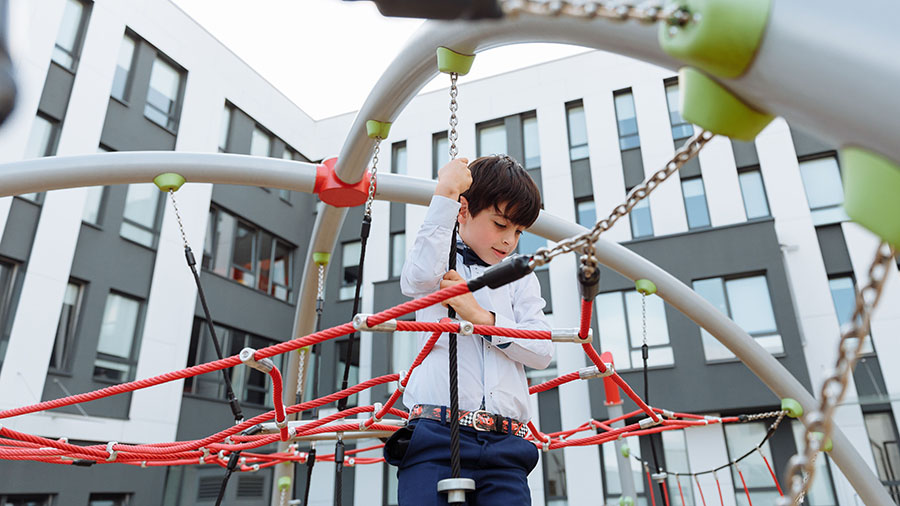
What is a Jungle Gym?
A jungle gym is a multi-functional playground structure that offers a wide variety of climbing and play activities. It is designed to promote physical activity, imaginative play, and social interaction. Jungle gyms are typically constructed from durable materials like metal, wood, or plastic, and they often include interconnected components like ladders, bridges, slides, ropes, and even swings.
Key Features of Jungle Gyms:
- Variety of Activities: Jungle gyms offer various types of climbing elements, such as rock walls, rope nets, and ladders, making them engaging for kids of all ages.
- Integrated Play Components: Aside from climbing, jungle gyms often feature slides, bridges, and tunnels, making them a versatile play structure.
- Space Requirements: Due to their complexity and the variety of features, jungle gyms tend to take up a larger footprint, making them ideal for spacious playgrounds or larger backyards.
- Multiple Children: With numerous climbing elements and play areas, jungle gyms can accommodate several kids at once, encouraging group play.
Jungle gyms are ideal for larger playgrounds where multiple children can engage in various activities simultaneously.
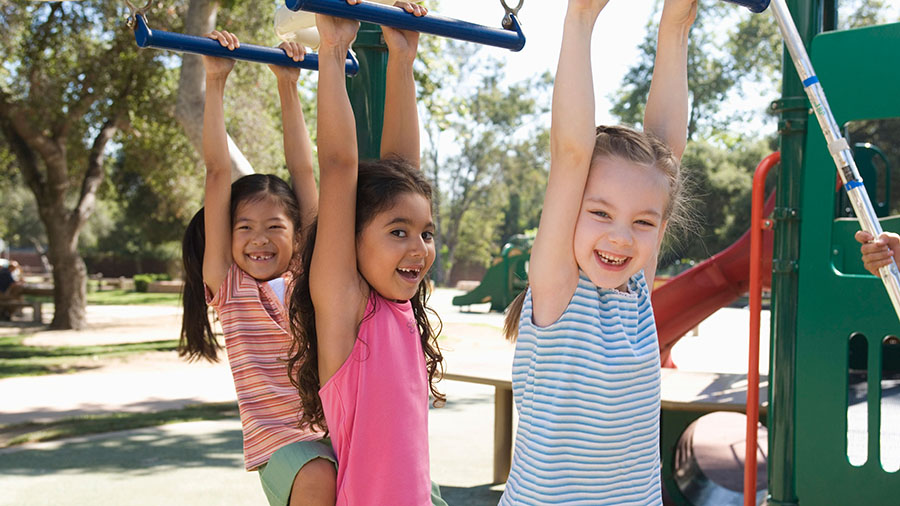
What are Monkey Bars?
Monkey bars are one of the most iconic playground features. They consist of a series of horizontal bars that are elevated off the ground. Children swing from one bar to the next, helping to build upper body strength, coordination, and endurance. While they are often part of larger playgrounds, monkey bars can also function as standalone equipment.
Key Features of Monkey Bars:
- Focused Physical Challenge: Monkey bars focus on upper body strength and coordination, as children must use their arms to swing from bar to bar.
- Compact Size: Unlike jungle gyms, monkey bars have a smaller footprint, making them a great option for smaller playgrounds or backyards.
- Simplicity and Challenge: While monkey bars lack the variety of a jungle gym, they offer a simple yet challenging activity that kids can master over time.
Monkey bars are perfect for those who want to enhance children’s physical strength in a smaller, more focused play area.
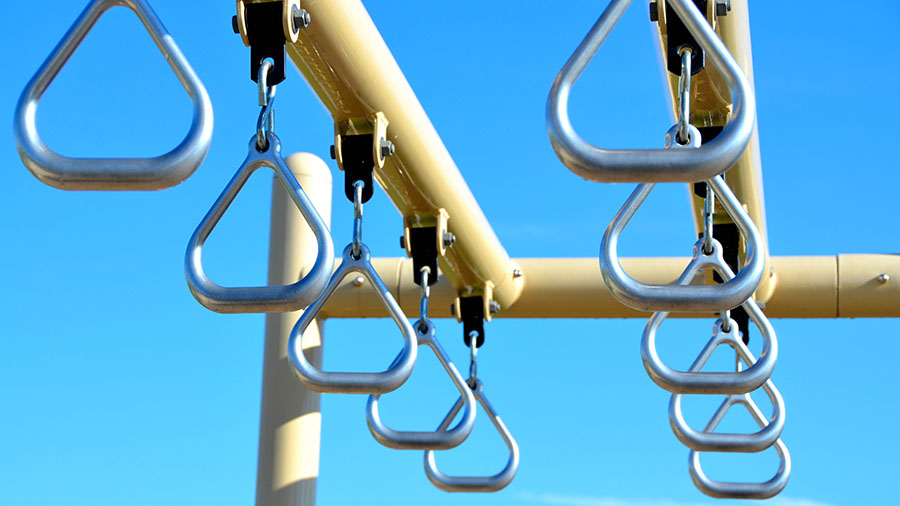
Jungle Gym vs Monkey Bars: A Side-by-Side Comparison
To help you choose between a jungle gym and monkey bars, let’s compare them across key factors:
1. The Play Experience:
- Jungle Gym: Jungle gyms offer a variety of activities, including climbing, sliding, swinging, and imaginative play. They engage kids in diverse ways, making them a great choice for larger playgrounds where many children will play simultaneously.
- Monkey Bars: While monkey bars offer a more focused activity, they are ideal for building upper body strength and coordination. The simplicity of swinging from one bar to the next can also help boost children’s confidence as they master the challenge.
2. Safety Considerations:
- Jungle Gym: Given their multiple components, jungle gyms can have more moving parts, which require regular maintenance. Ensuring safety means securing all components and using soft landing surfaces like rubber mulch or sand to cushion falls.
- Monkey Bars: Although simpler, monkey bars still require safety precautions. It’s essential to configure the correct height and spacing between bars, as well as to ensure that children use proper techniques to avoid falls and injuries.
Both types of climbing equipment can be safe if installed and used properly. Always ensure the equipment is well-maintained and installed on a soft, safe surface.
3. Cost Considerations:
- Jungle Gym: Due to their complexity, jungle gyms are usually more expensive. They involve multiple components and require more space and installation time. However, they offer a wide range of activities and can accommodate more children, justifying the higher cost.
- Monkey Bars: Monkey bars are typically more affordable. Basic monkey bar kits can cost a few hundred dollars, making them a budget-friendly choice for smaller playgrounds or backyards. DIY options are also available for those looking to save money.
4. Installation:
- Jungle Gym: Installing a jungle gym can be time-consuming and complex. It’s often best to hire professionals for installation to ensure safety. Jungle gyms also require more space, so careful planning is needed to fit them into your layout.
- Monkey Bars: On the other hand, monkey bars are easier to install. With a simple design, they can be set up quickly, even by individuals with basic handyman skills.
5. Durability and Maintenance:
- Jungle Gym: Jungle gyms tend to have more parts that can wear out, so they require regular maintenance. Check for loose bolts, worn-out components, and any structural weaknesses.
- Monkey Bars: With fewer moving parts, monkey bars are easier to maintain and more durable over time. As long as they are made from high-quality materials like powder-coated steel, they will withstand outdoor elements for years.
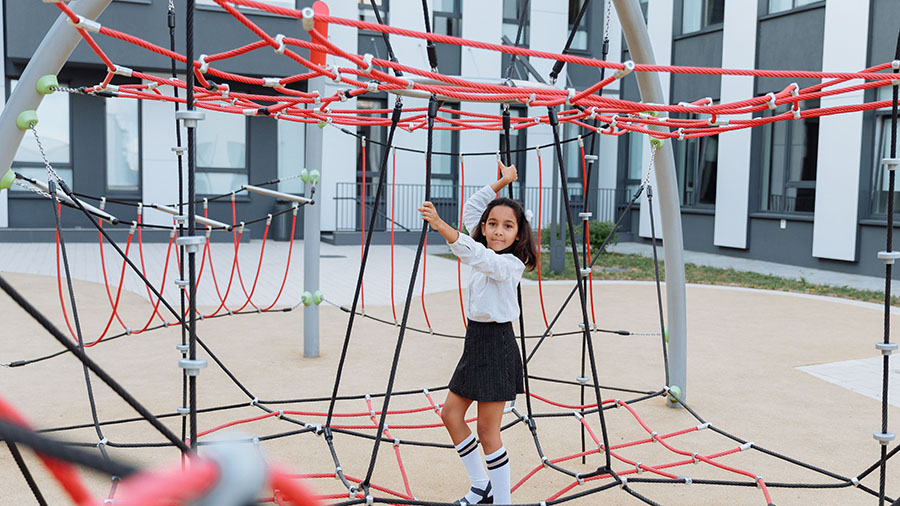
Which One Should You Choose: Jungle Gym or Monkey Bars?
- Choose a Jungle Gym if:
- You have a larger space and want to offer a variety of activities.
- You want to provide a comprehensive play experience for multiple children.
- You are willing to invest in a more expensive and complex structure.
- Choose Monkey Bars if:
- You have limited space but still want to provide a challenging play activity.
- You’re looking for a more affordable and simple option.
- Your focus is on improving upper body strength and coordination.
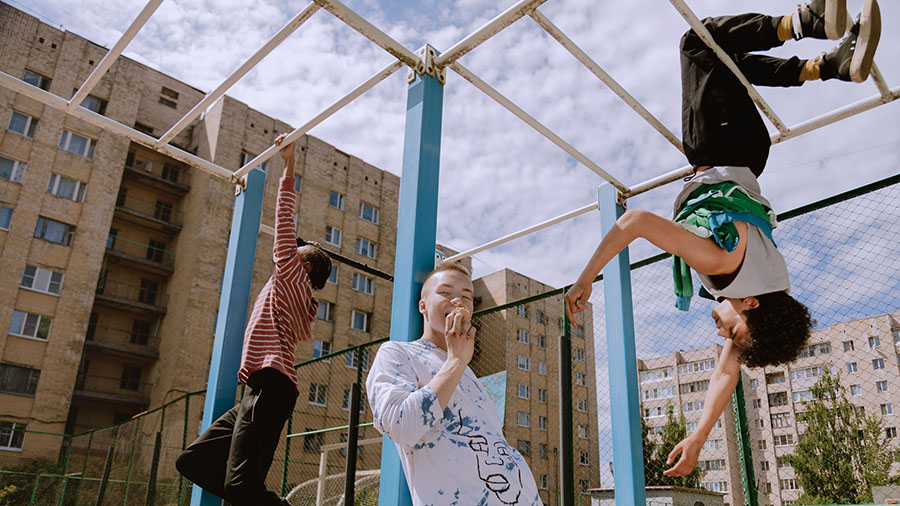
Reflexiones finales
Whether you choose a jungle gym or monkey bars, both types of climbing equipment offer exceptional benefits for children’s physical and cognitive development. It ultimately comes down to the space you have, your budget, and the type of play experience you want to provide.
If you’re ready to make your choice, visit SPIKE Diversión to explore high-quality playground equipment. Our extensive range includes both jungle gyms and monkey bars, all designed with safety, durability, and fun in mind. Plus, enjoy a 30-day money-back guarantee and excellent customer service!




